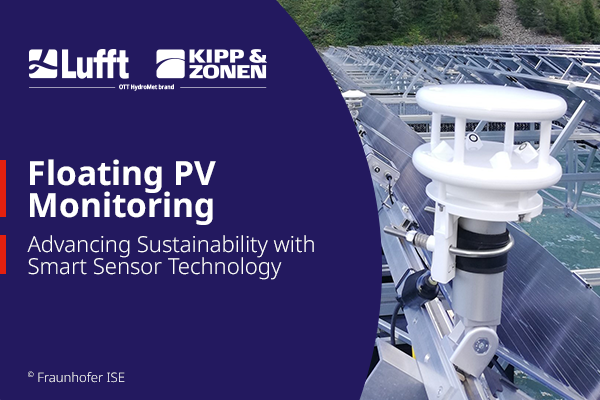Dirty PV modules generate less energy than clean ones. This phenomenon called “soiling” sums up to losses of several billion dollars every year. Cleaning increases efficiency, but comes at a cost, too. So, finding the right cleaning schedule and method is key to a higher profitability.
In this episode of OTT CAST, we discuss the different sources of soiling and how it is impacting solar energy generation. Marc Korevaar, scientist, and Sajad Badalkhani, Technical Support & Services Manager, present solutions to measure the degree and take actions based on solid data.
Tune in and learn about:
- Impact of soiling on solar energy generation, leading to losses of several billions of dollars every year
- Different kinds of soiling, from sand to dust to leaves to pollen and bird droppings
- The measurement principle of the Kipp & Zonen soiling monitoring system DustIQ
In case the embedded player does not appear, listen to the episode on Buzzsprout via this link.
Further reading
- OTT HydroMet Blog: Firmware Update Improves Response and Handling of DustIQ
- PV Magazine: Soiling – a multi-billion dollar issue
Interested in learning more about the Kipp & Zonen DustIQ soiling monitoring system and how it can boost the performance of your solar PV plant?




